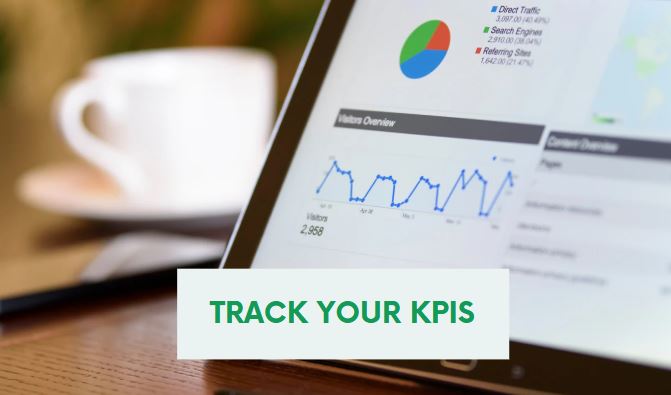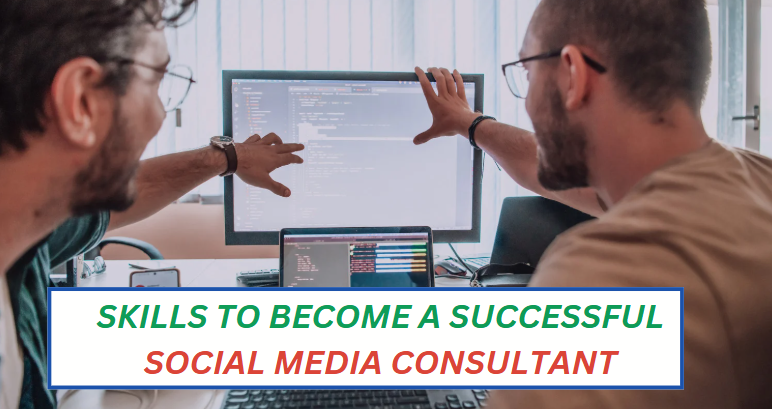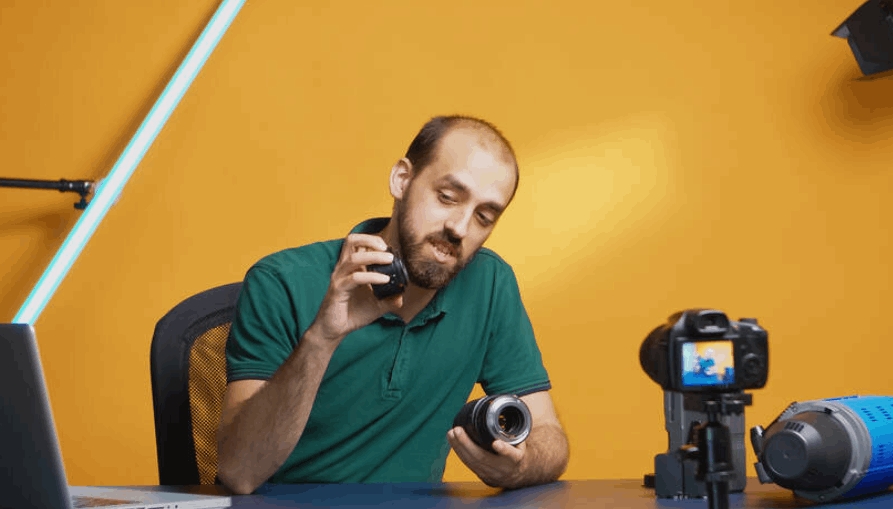Marketing jobs are expected to grow by 10% from 2020 to 2030. However, landing a good marketing job can feel like a daunting task, especially because of so many roles and the increasing competition. Finding a job that complements your background, skills, and interests is ideal. But, what if you don’t have a clear path? Or maybe you’re just not sure which marketing specialty to pursue. In this post, we’ll delve into the step-by-step process of finding the right marketing job even if you’re a complete beginner. Let’s dive in.
Understanding the Marketing Job Landscape
Before taking any steps, it’s crucial that you understand the different roles that exist. Knowing these specialties will help you understand the right path forward.
SEO
Search engine optimization is when you make a website or its individual pages rank on Google and other search engines. The job has three parts: Technical SEO, on-page SEO, and off-page SEO. You can also get hired for individual roles, for instance, an on-page SEO expert handles everything that happens on a site. Whereas, an off-page SEO specialist will focus on building backlinks.
PPC Advertising
Pay-per-click ads involve paying platforms like Google Ads a specific amount when someone clicks on your ad. The role requires you to be good at keyword research, audience targeting, copywriting, and strategy creation. Brands and companies hire PPC specialists to help manage their campaigns and make sure they spend their ad budget on the right keywords, on the right audience, and in the right way.
Email Marketing
An email marketer helps businesses grow their email list, connect with their subscribers, and convert leads into customers with effective copywriting. The role also involves making sure your emails land in the primary tab of your recipients. And, just like any other marketing strategy, tracking and optimizing is an important part of the process.
You May Also Like: Becoming a Social Media Consultant
Social Media Marketing
A social media marketer or manager handles all aspects of a brand’s social media marketing campaign, including content creation, audience engagement, community management, and tracking. Other in-demand roles in 2025 include CRM specialists and e-commerce coordinators.
Finding a Marketing Job (Step-by-Step)
Build the Right Skills and Knowledge
If you already have marketing skills, such as copywriting, analytics, and search engine optimization, skip to the next step of building your portfolio. But, if you’re not confident enough to hunt for clients yet, start practicing. Consider doing an online internship or working on your own projects to build your skills and knowledge.
Create a Strong Resume and Portfolio
Your marketing portfolio is just a combination of files, links, or folders that showcase the projects you’ve done in the past for other businesses. For instance, if you’re a writer, you can create a Google Docs file with links to your published articles.
Network
One of the most powerful ways to find any marketing job is by networking with the right people within the right online communities. Niche Facebook and LinkedIn groups are a perfect place to get noticed by potential employers. Stay active in these groups by sharing helpful content and commenting on relevant posts. You also want to network with other marketers to improve your chances of getting hired through referrals.
Leverage Content Marketing
Content marketing is when you create valuable content on popular topics in order to attract your target audience. You can leverage social media platforms like Facebook, Instagram, and LinkedIn to share content. Blogging is another powerful medium to use for content marketing. But before that, find the topics that are most likely to bring your results. Use a website like Answer The Public to find search queries and questions related to your niche. For instance, if you want to offer SEO services, find a list of topics related to SEO and start creating insightful content on them.
Related: How to Become a Social Media Advertiser?
Reach Out to Potential Employers
Another effective way of getting a marketing job is through warm outreach. Find people who are likely to hire you as a marketer and craft a personalized message for them. For instance, you can use the free LinkedIn search feature to find local business owners who might need your services.
Use Job Boards and Freelance Platforms
LinkedIn, Indeed, and other job boards connect hiring managers with people who are in search of employment. All you need to do is optimize your profile and apply for relevant jobs. LinkedIn also lets you set up job alerts so that you don’t miss out on future employment opportunities. The “Easy Apply” option on LinkedIn can help you apply for more jobs in less time.
In addition to job boards, consider creating your freelance profiles and working with small business owners, especially if you’re new and want to get started quickly. 22% of full-time marketers also do freelancing to earn extra income. Fiverr and Upwork are a couple of popular platforms, but you can explore other platforms.
Getting a Marketing Job: FAQ
Let’s address some frequently asked questions related to finding a marketing job.
What Qualifications Do I Need for a Marketing Job?
A degree in marketing, communication, or business can improve your chances, but skills and experience matter more. Get certifications from platforms like Google and HubSpot to gain a competitive edge.
What are the Best Job Boards for Marketing Jobs?
There are many job boards out there, some are generic, and some are niche-based. LinkedIn and Indeed are two of the most popular job boards for marketing jobs.
What Skills Are Most In-Demand for a Marketing Role?
Search engine optimization, pay-per-click ads, content marketing, data analysis, and automation are a few prominent skills to have to land a marketing job.
Related: How to Use LinkedIn for Job Search?
Conclusion
Finding a good marketing job is a lot more challenging when you don’t have a clear path. We’ve talked about what marketing jobs are in demand and some powerful ways to get them. So, pick a direction that complements your skills and experience, work on your portfolio, and implement the strategies discussed. We hope you found the guide helpful.
Resources:
- https://www.linkedin.com/pulse/90-interesting-marketing-jobs-statistics-facts-2025-bint-e-jamil-4bxaf/
- https://contentmarketinginstitute.com/articles/content-marketing-statistics
- https://www.indeed.com/career-advice/finding-a-job/how-to-get-job-in-marketing
- https://wowremoteteams.com/blog/marketing-jobs-statistics/
- https://www.ama.org/the-definition-of-marketing-what-is-marketing/



















